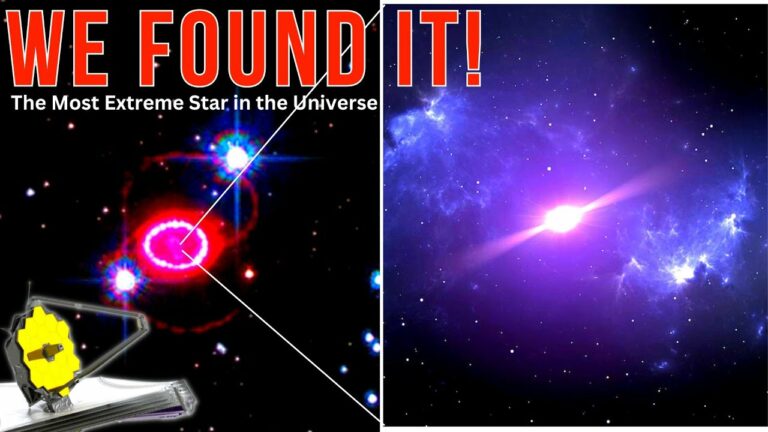A Neutron Star in the Dust: Webb’s Incredible Discovery inside SN 1987A
A neutron star is the ultra-dense remnant of a massive star that exploded in a supernova. A neutron star is so dense that a teaspoon of its material would weigh billions of tons. A neutron star is also so magnetic that it can generate beams of radiation that sweep across the sky like a cosmic lighthouse. A neutron star is, in short, one of the most fascinating and extreme objects in the cosmos.
But finding a neutron star is not easy, especially if it’s hidden in the dust and gas of a supernova remnant. That’s why astronomers have been searching for one in SN 1987A for over three decades, without success. SN 1987A is the closest and brightest supernova observed in modern times, and it occurred in a nearby galaxy called the Large Magellanic Cloud. Thanks to the James Webb Space Telescope, or JWST for short, astronomers have finally found the best evidence yet for the existence of a neutron star in SN 1987A. The JWST is the most advanced and ambitious space observatory ever launched, and it has been operating since late 2023. The JWST is designed to observe the universe in the infrared part of the electromagnetic spectrum, which is invisible to our eyes, but can penetrate through dust and reveal hidden wonders.
The JWST has a huge mirror, 6.5 meters in diameter, and a suite of sophisticated instruments that can capture stunning images and spectra of distant and faint objects.
Using the JWST, astronomers have observed the infrared emission from the dust and gas in SN 1987A, and they have noticed something unusual. The emission is not symmetric, but rather skewed to one side. This suggests that there is something heating up the dust on that side, something that is very hot and very energetic.
Something like a neutron star. To confirm this hypothesis, astronomers have also analyzed the polarization of the infrared light, which is a measure of how the light waves are oriented. They have found that the polarization is also asymmetric, and that it matches the expected pattern of a neutron star’s magnetic field. This is a strong indication that the neutron star is indeed there, and that it is spinning and emitting radiation, like a pulsar.
This discovery is a major breakthrough for the field of astrophysics, as it reveals the origin and nature of the neutron star, as well as the fate of the massive star that exploded in SN 1987A.
It also demonstrates the incredible capabilities of the JWST, and the collaborative efforts of the scientific community.I explain how the JWST detected the neutron star, what are the properties and origin of the neutron star, and what are the implications and future prospects of the discovery. So, stay tuned and get ready to learn more about this amazing cosmic mystery.
Do not forget to share your opinion with us to provide you with the best posts !




0 Comments